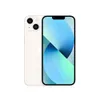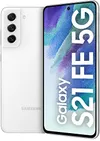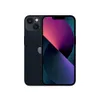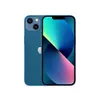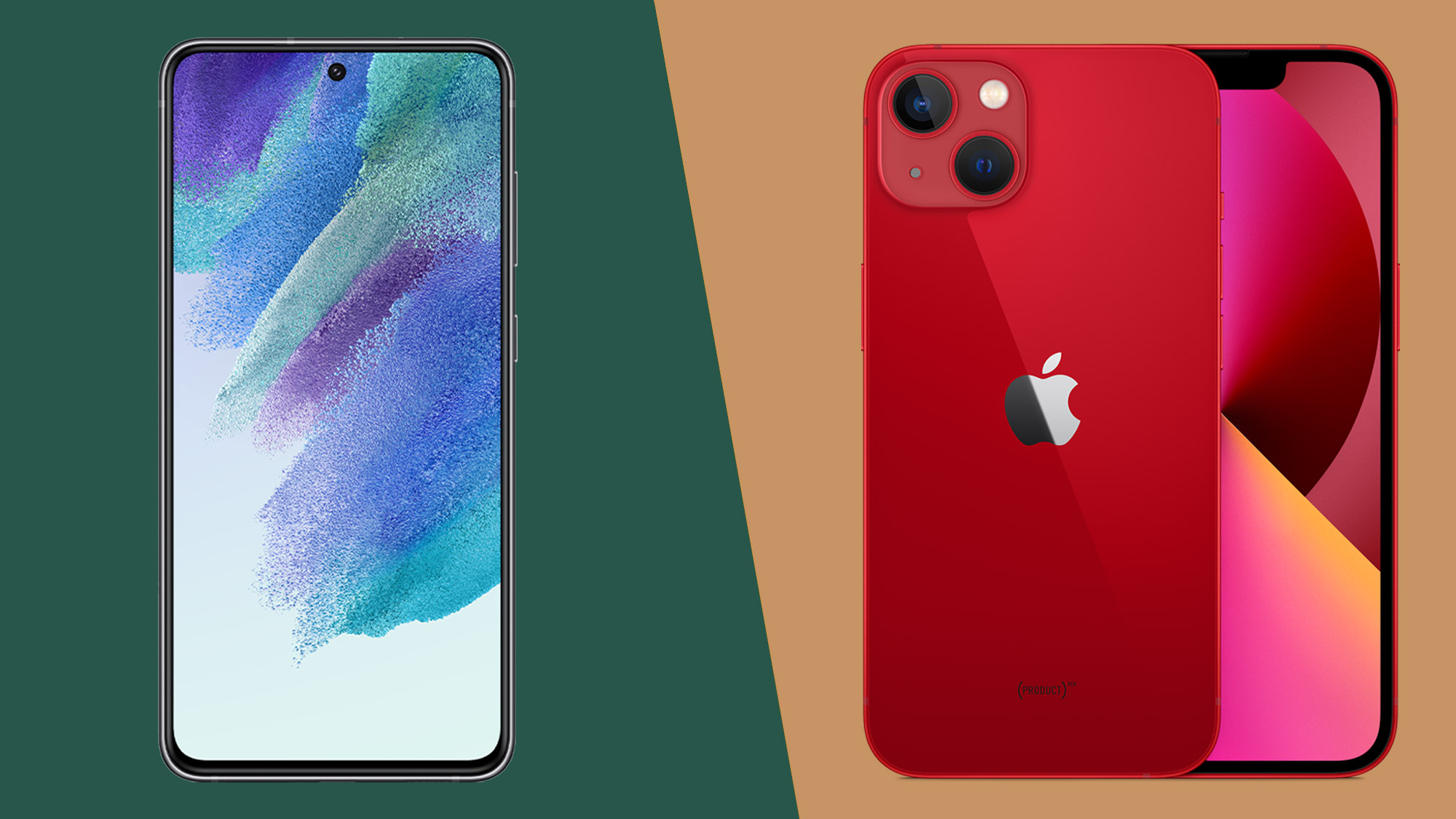
Samsung’s struggles to get the Samsung Galaxy S21 FE to market are well-documented. A phone that was seemingly supposed to launch somewhere in the middle of 2021 ended up launching right at the start of 2022.
While many have pointed out that this is likely to bring the Galaxy S21 FE into direct competition with Samsung’s Galaxy S22 phones, there’s also the small matter of the iPhone 13, which launched a few months prior.
Even if Samsung ends up competing with itself, then, it might have just produced a tempting alternative to the market leader. Let’s take a look at how the two phones compare, starting with the all-important matter of price.
Samsung Galaxy S21 FE vs iPhone 13 price and availability
The Samsung Galaxy S21 FE hit shops on January 7, 2022, almost a year after the rest of the Galaxy S21 family. It was a little tardy, to say the least.
Prices start from £699 / $699 / AU$999 for the 6GB RAM/128GB storage model, rising to £749 / $769.99 / AU$1,099 for 8GB RAM and 256GB.
The iPhone 13 landed several months earlier, on September 24, 2021. Prices begin from $799 / £799 / AU$1,349 for the entry 128GB model, moving up to $899 / £879 / AU$1,519 for 256GB and $1099 / £1079 / AU$1,869 for 512GB.
We called the Galaxy S21 FE “far too expensive” in our review, but it’s still a good $100/£100 cheaper than the iPhone 13. What gives?
Get daily insight, inspiration and deals in your inbox
Sign up for breaking news, reviews, opinion, top tech deals, and more.
Design
The Samsung Galaxy S21 FE sticks with the basic design language of the Galaxy S21, exemplified by the ‘contour cut’ camera module that melts into the side of the device.
Unfortunately, that shared DNA also includes the use of a ‘glasstic’ body, which makes it feel much cheaper than the iPhone 13.
The iPhone 13 also takes its flat-edged design from its immediate predecessor, in this case the iPhone 12. That was a much more premium-feeling phone than the Galaxy S21, however, with glass surfaces sandwiching a flat aluminum frame.
One area where the Galaxy S21 FE looks better than the iPhone 13 is its display notch, which is of the much more modest hole-punch variety. Apple may have reduced the iPhone 13’s slab-like notch by 20%, but it’s still a bit of an eyesore.
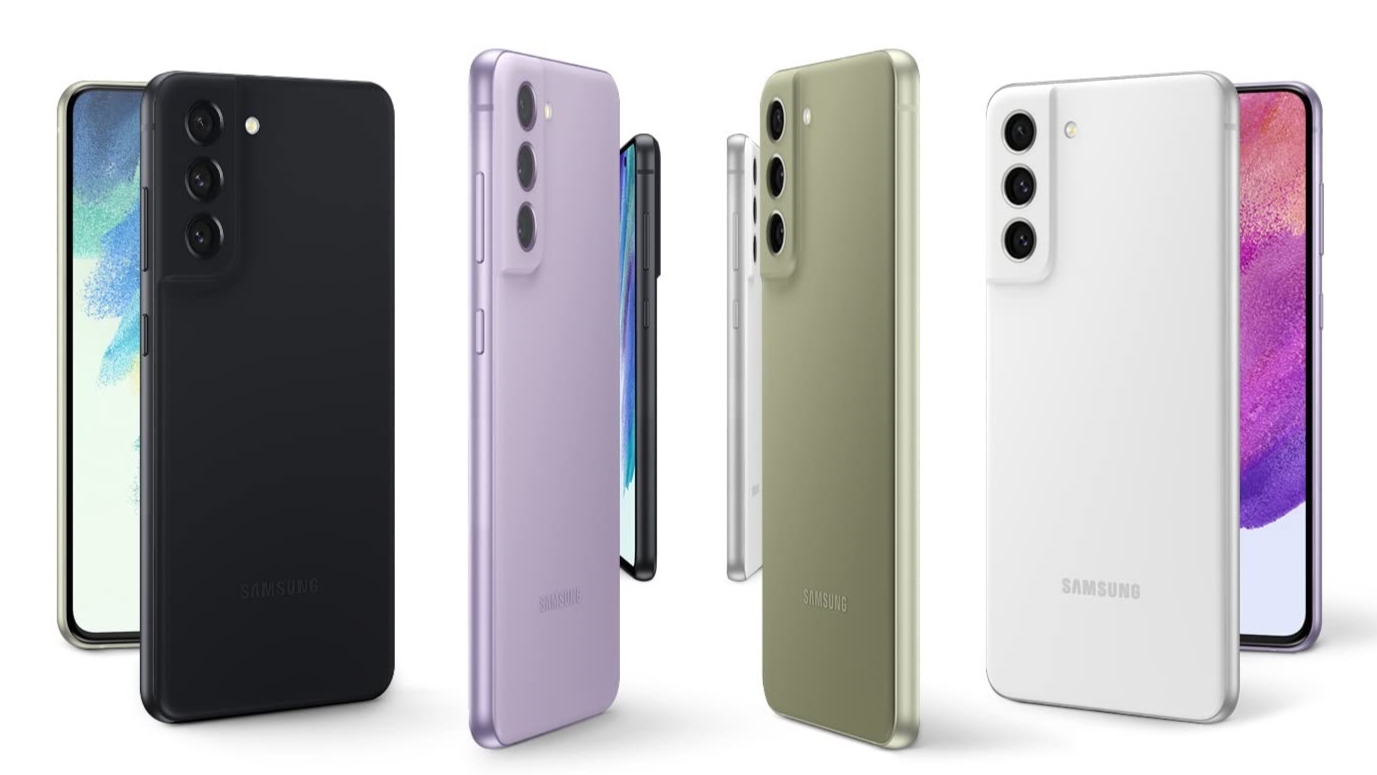

On the other hand, while Apple’s phone lets you securely unlock it with a glance, the Galaxy S21 FE relies on tried and tested fingerprint authentication.
Despite the difference in materials used, both phones are IP68-certified, so they’re equally dust- and water-resistant.
The Samsung Galaxy S21 FE is the bigger device all-around at 155.7 x 74.5 x 7.9mm. The iPhone 13, by contrast, measures just 146.7 x 71.5 x 7.65mm.
They’re a very similar weight, however, at 177g for the Galaxy S21 FE and 174g for the iPhone 13. This reflects the more premium materials used in the Apple device.
When it comes to colors, the Galaxy S21 FE comes in White, Graphite (black), Lavender (pink), and Olive (green). The iPhone 13 offers Pink, Blue, Midnight, Starlight, and Product Red. Neither range is particularly extensive, or all that eye-catching.
All in all, the iPhone 13 gets the design nod for its more premium materials and compact form. That said, if you’re not a fan of sharp angles and flat edges, the Galaxy S21 FE’s more curvaceous design might be more to your liking.
Display
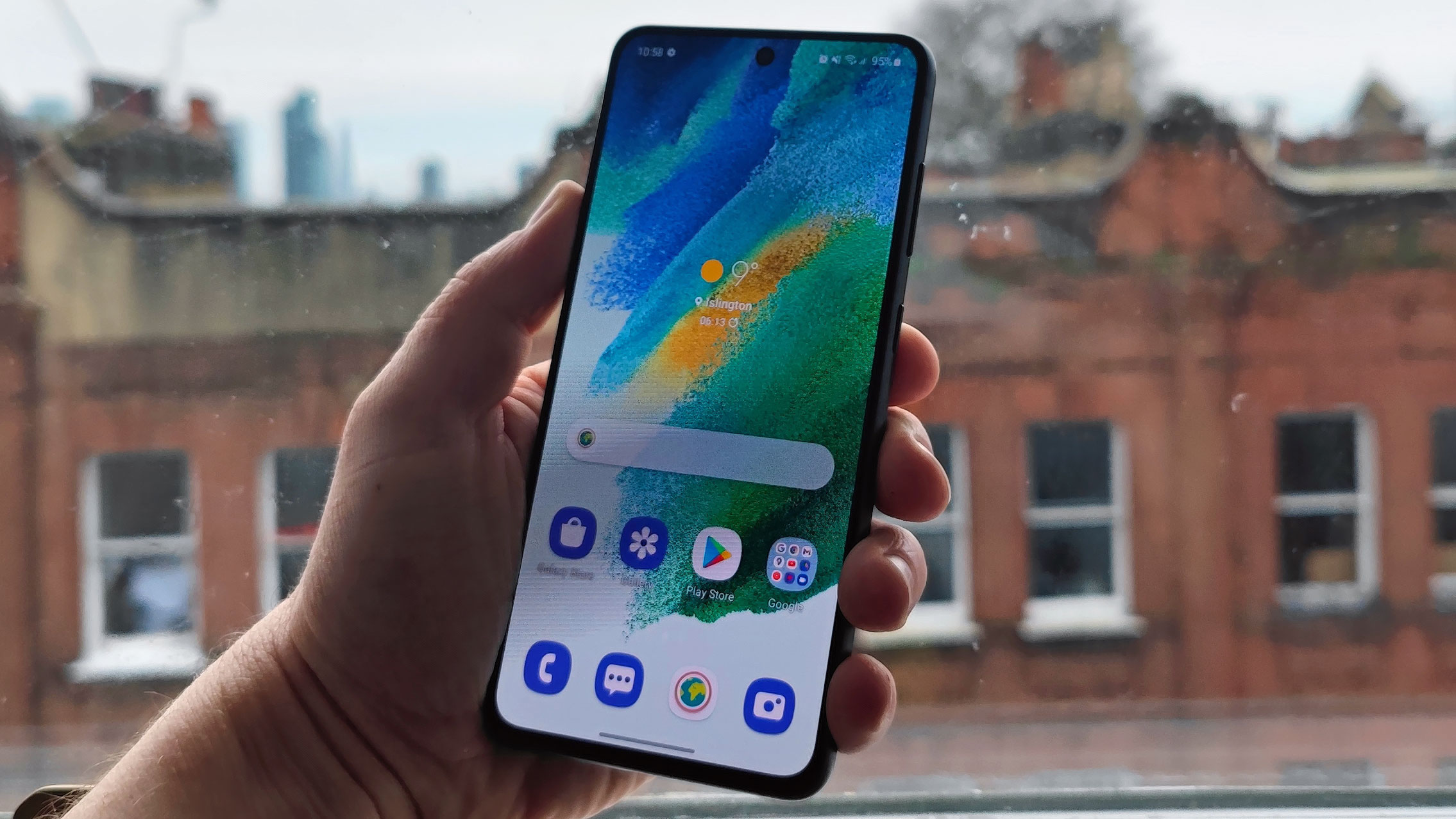
Both of these phones have vibrant, bright AMOLED displays, but it’s the Samsung Galaxy S21 FE that takes the win here.
At 6.4 inches, it’s a fair bit larger than the iPhone 13’s 6.1-inch screen. Conversely, the iPhone 13 display is sharper, with a 460ppi pixel density compared to the Samsung’s 401ppi.
But what really hands the Galaxy S21 FE display the win is its 120Hz refresh rate. With the iPhone 13 screen stuck at 60Hz, it feels noticeably less fluid when scrolling through web pages and flicking between home screens.
Our iPhone 13 review called such a feature “nice to have, rather than indispensable”, but it’s difficult to go back once you’ve sampled 120Hz.
It’s also worth reiterating that fundamental difference in display notch approach, because it means that landscape media content is less impeded on the Galaxy S21 FE.
Don’t get us wrong, both of these screens are excellent. But Samsung’s display mastery is on full show here, offering a superior screen for less money.
We called the Galaxy S21 FE’s screen its “strong suit” in our review. Price difference aside, this might just be its only big win over the iPhone 13.
Camera
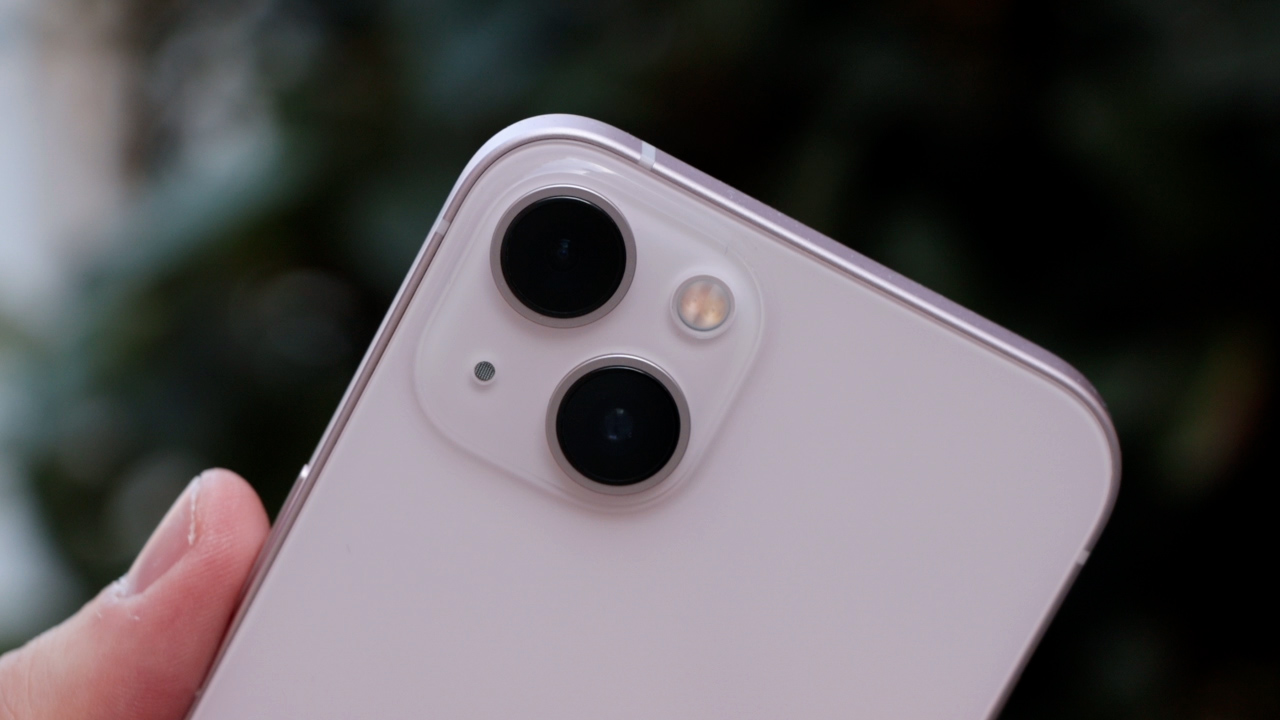
The Galaxy S21 FE has a triple-camera system compared to the iPhone 13’s dual-camera system. The fact that Samsung’s phone has a dedicated telephoto camera represents its sole win in the camera department, and it’s a relatively minor one.
Both systems are led by 12MP wide sensors, and both also give you 12MP ultra-wides. The Samsung tops this off with an 8MP telephoto, which grants the ability to shoot 1.1x optical and 3x hybrid zoom shots. The iPhone 13 has to crop in for its zoomed shots.
In general image quality terms, however, the iPhone 13 mops the floor with the Samsung Galaxy S21 FE.
While the Samsung actually captures larger pixels than the iPhone 13 (1.8µm vs 1.7µm), the iPhone has a much wider aperture (f/1.6 vs f/1.8).
But the real hardware advantage for Apple here lies in its sensor shift OIS technology, which was brought over from the iPhone 12 Pro Max. This stabilization system is more advanced than the Galaxy S21 FE’s regular OIS, and together with Apple’s superior algorithms, it can capture much better Night Mode shots.
Beyond that, Apple’s image processing simply results in more balanced shots with more natural lighting. Of the Samsung approach, our reviewer said that “it’s apparent the brand’s scene optimization software has never heard of oversaturation”.
The Galaxy S21 FE’s shots are bright and clear, not to mention eminently social media-ready, but the iPhone 13’s shots are simply more nuanced and ‘as seen’.
Both phones do an admirable job of evening out their tones across each of the camera modules. It means that your shots will look broadly similar, whether shooting on the wide or the ultra-wide (or the telephoto in the Samsung’s case).
There are plenty of camera features to explore with both camera systems. The iPhone 13 gives you Photographic Styles, which let you fundamentally alter the tone of your shots without that fake filter look. You can even make them look more Samsung, if you wish.
Samsung gives you Single Take, which captures brief five- to 15-second snippets and then pulls out the best stills and video footage from it. Dual Recording, meanwhile, permits you to record video on the rear and front camera at the same time.
Specs and performance
Apple has been dominating its Android rivals on the performance front for years now, so it’s no surprise to learn that the iPhone 13 trounces the Samsung Galaxy S21 FE for pure power.
When it launched the iPhone 13, Apple claimed that its six-core A15 Bionic processor was 50% faster than the Android competition. While the Galaxy S21 FE wasn’t around at that point, the Snapdragon 888 it runs on most certainly was.
In our own CPU and GPU benchmarking tests, Apple’s A15 Bionic tends to beat the Snapdragon 888 by a healthy margin.
Not that this really matters much in practical terms, with both phones feeling as crisp and snappy in the hand as you could hope for. High-end games run fluidly on the highest settings in both cases, and general navigation is a joy.
Indeed, the Galaxy S21 FE might just feel the faster of the two given its 120Hz display, even if its processor is the more limited.
If you’ve detected a sense of disappointment surrounding the Galaxy S21 FE’s performance, it’s got nothing to do with the actual experience of using it. Rather, it’s because the Snapdragon 888 is yesterday’s chip, with the Snapdragon 8 Gen 1 now rolling out in higher-end Android phones.
Conversely, the iPhone 13 will continue to be among Apple’s fastest performers – and one of the fastest phones on the market – deep into 2022. Given the iPhone 13’s greater headroom, as well as Apple’s legendary legacy support, it’s likely to stay feeling faster for longer.
When it comes to storage both phones start at 128GB and double up to 256GB. But the iPhone 13 also comes in a 512GB variant – though as stated already, you’ll have to pay a lot more for the privilege.
These are two 5G-ready phones, so they’re ready for the fastest mobile data speeds available in your area.
Battery
The Samsung Galaxy S21 FE gives you a 4,500mAh battery, while the iPhone 13 has been shown to pack in a 3,240mAh cell.
Such a straight capacity comparison is pretty meaningless, however, due to the inherent differences between iOS and Android, as well as Apple’s tight hold on both software and hardware.
In short, Apple can wring more stamina out of its phones than Samsung can, which allows it to use smaller batteries. In fact, the iPhone 13’s battery life is significantly better than the Galaxy S21 FE’s.
With the iPhone 13, we found that we would typically be left with 20% at the end of an intensive day of usage. With the Galaxy S21 FE, on the other hand, our reviewer found that “heavy use ensured we’d need to charge the mobile in the early evening to keep it ticking until the next morning”.
Neither phone is anywhere near best-in-class when it comes to recharging. The iPhone 13 supports 20W, while the Samsung Galaxy S21 FE supports 25W charging.
Given that the likes of OnePlus, Oppo, and Xiaomi frequently fit their phones out with 65W chargers, you’ll forgive our lack of enthusiasm.
That’s another thing: those manufacturers actually give you a charging brick in the box. Neither Samsung nor Apple do that.
Both phones give you 15W wireless charging, but again, other flagship phones will give you much faster speeds.
Takeaway
The Samsung Galaxy S21 FE might have arrived a little over three months after the iPhone 13, but it feels like an older phone. While it’s a fine effort, the Galaxy S21 FE finds itself suffering by comparison.
On the plus side the Galaxy S21 FE is around $100/£100 cheaper than its rival, its display is more fluid, and it packs in a dedicated telephoto camera. That’s where its advantages end, however.
The iPhone 13 hands out a hammering in terms of performance, design, battery life, and camera quality. Apple’s smartphone will also remain current for much of 2022, whereas we suspect that the Galaxy S21 FE is going to feel oddly outdated well before the halfway point of the year, if it doesn’t already.
It might be more expensive, but the iPhone 13 represents a better buy than the tardy Samsung Galaxy S21 FE.
- iPhone 13 vs iPhone 13 Pro: which is for you?

